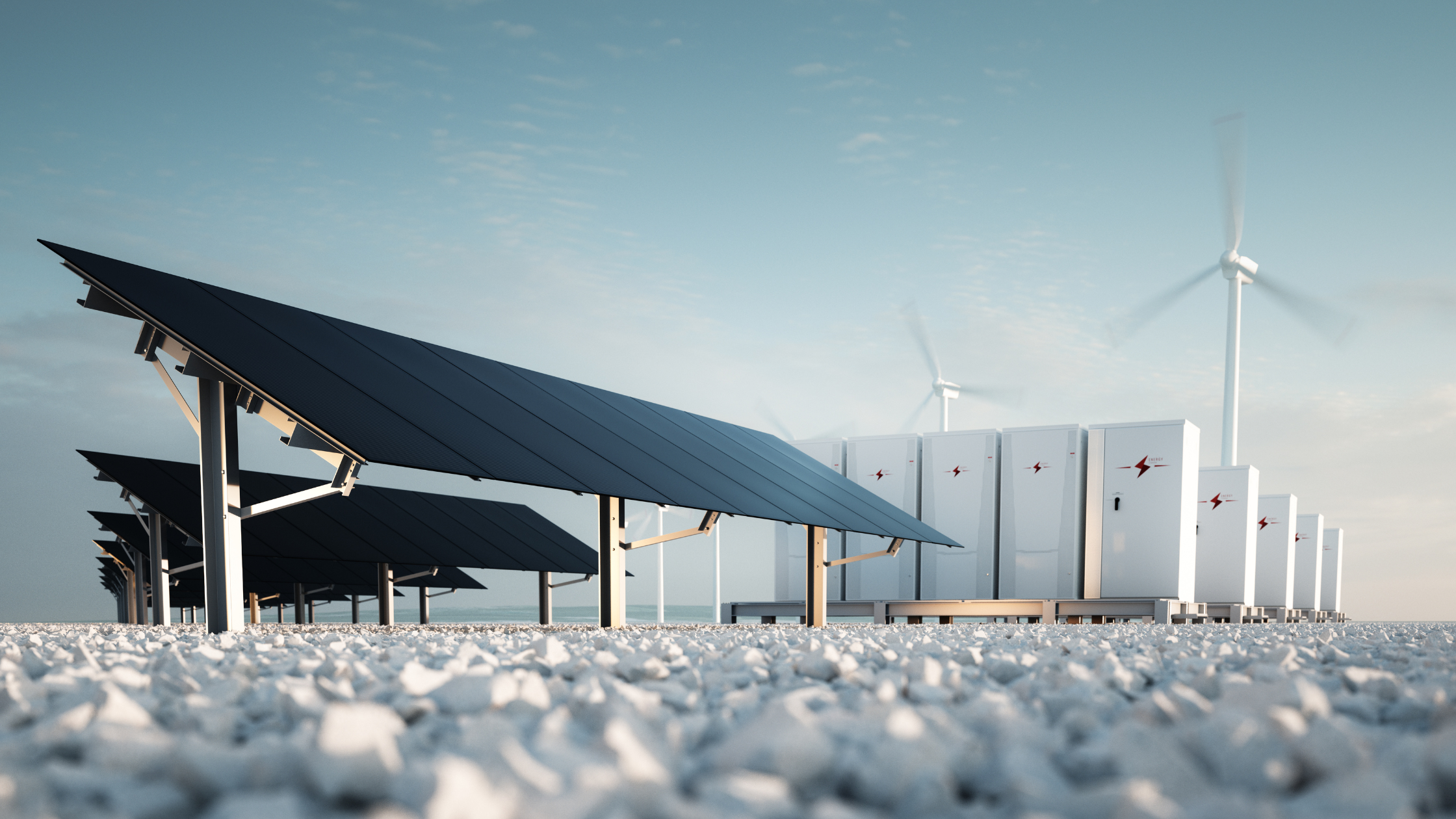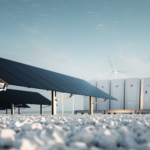Is it beneficial renewable energy hubs connect with electricity consumption hubs? A new method of grid planning may enable you to supply your home with America’s highest-quality and lowest-cost solar and wind energy regardless of where you live.
Researchers from the National Renewable Energy Laboratory (NREL) were the primary researchers in the analysis along together with researchers from the Pacific Northwest National Laboratory (PNNL) investigating the economics of constructing long-distance high-voltage transmission lines linked in Interregional renewable energy zones (IREZs) that are regions where there is a high concentration of renewable, low-cost energy resources. The proposed transmission lines will traverse several hundred miles to connect the nation’s top renewable energy sources to the largest load centers. In accordance with the analysis of NREL, the IREZ method could reduce costs all around, aid in keeping the lights on, and efficiently accelerate the process of decarbonizing our electric grid.
Modeled benefits of interregional renewable energy hubs Zone
Nowadays, the majority of transmission lines are either local or regional, in contrast to interregional lines, which could traverse the planning authority lines. Initially, engineers created transmission lines to transport electricity from power stations to nearby communities. However, the majority of America’s most efficient solar and wind resources reside hundreds of kilometers from areas with a high electric power demand.
For this study, NREL has modeled 20 IREZ scenarios that focus on reliability, cost, and the impact of electricity rates. The majority of the wind IREZ regions are located in the Midwest, and the majority of solar IREZs are located in the Southwest. IREZs, or Integrated Renewable Energy Zones, have the capability to minimize energy generation costs, offering kilowatt-hour prices lower than those of solar and wind in other locations. Each zone has the IREZ hub, in which transmission substations gather energy from different renewable energy sources as well as connect to large power systems. The IREZ generates power and transfers it via high-voltage direct current transmission lines across state lines to the major charge center.
The IREZ plan of transmission could deliver low-cost renewable energy from regions such as southern Wyoming, which is among the most wind energy-producing areas in the nation, to cities such as Salt Lake City, Las Vegas, and Los Angeles.A lot of the modeled IREZ routes already include high-voltage transmission facilities that are either in advanced development or in construction. In addition, many of the IREZ corridors were modeled within areas that were identified by the U.S. Department of Energy’s (DOE’s) Grid Deployment Office’s National Transmission Needs Study, which requires deployment to meet the needs of future demand generation and reliability requirements.
Building long-distance interregional transmission corridors could offset their expense with the potential savings derived from the lower cost of renewable power, as discovered by NREL. Additionally, the IREZ corridors can offer more reliable sources to ensure that the lights stay running rather than relying solely on regional or local sources.
Local Roofing Companies That Finance
The Mapping Out of Interstate Collaboration IREZ Corridors
One of the most important aspects of the possibility of establishing IREZ corridors is cooperation between states.
“Long-distance transmission among planning areas was more difficult to pass through the procedure of approval than the new line in this same zone,” NREL researcher and principal writer David Hurlbut said. “But in recent years, the power industry has changed in ways that could make interregional transmission an even more appealing alternative than it once be.”
The NREL study concluded that the most effective route to less resistance to regulation was collaboration between states that make the decisions for the development of IREZ corridors.
“States are the key decision-makers when it comes to transmission lines,” Hurlbut said. Can structure the IREZ analysis to fulfill the regulatory prerequisites necessary for efficient movement of interregional lines.
States that share a corridor can work together to explore the most cost-effective solutions for planning transmission and methods to pay owners of land who own land where transmission lines are proposed to be located. The study proposed that once states have reached an agreement regarding IREZ expansion, they will be able to solicit federal regulatory, financial, and analytical assistance.
The study also examined the implications of tribal lands, specifically those located in the western part of Oklahoma as well as northwestern Montana and the southeast region of Arizona. It is hoped that the results of the study will assist tribal members in making decisions on what they want to do in the country’s energy transformation in relation to access to land as well as employment, revenue from tribal sources, and other issues related to the development of the IREZ corridor.
The IREZs are a crucial part of a larger image that NREL, along with PNNL, has been studying for over two years. They have been studying the National Transmission Planning Study (NTP Study), carried out jointly by NREL along with PNNL and supported through the DOE’s Grid Deployment Office, which aims to identify options for transmission that can provide large-scale benefits to electric consumers, guide interregional and regional planning processes for transmission, as well as identify interregional and nation-wide strategies to speed up the decarbonization process while ensuring system reliability.










